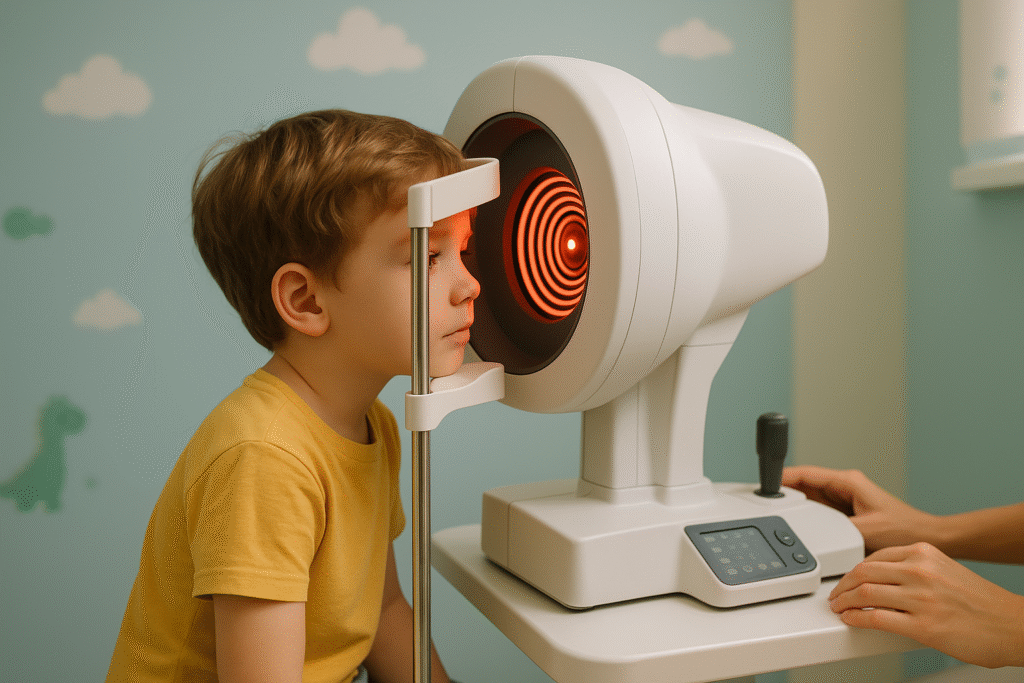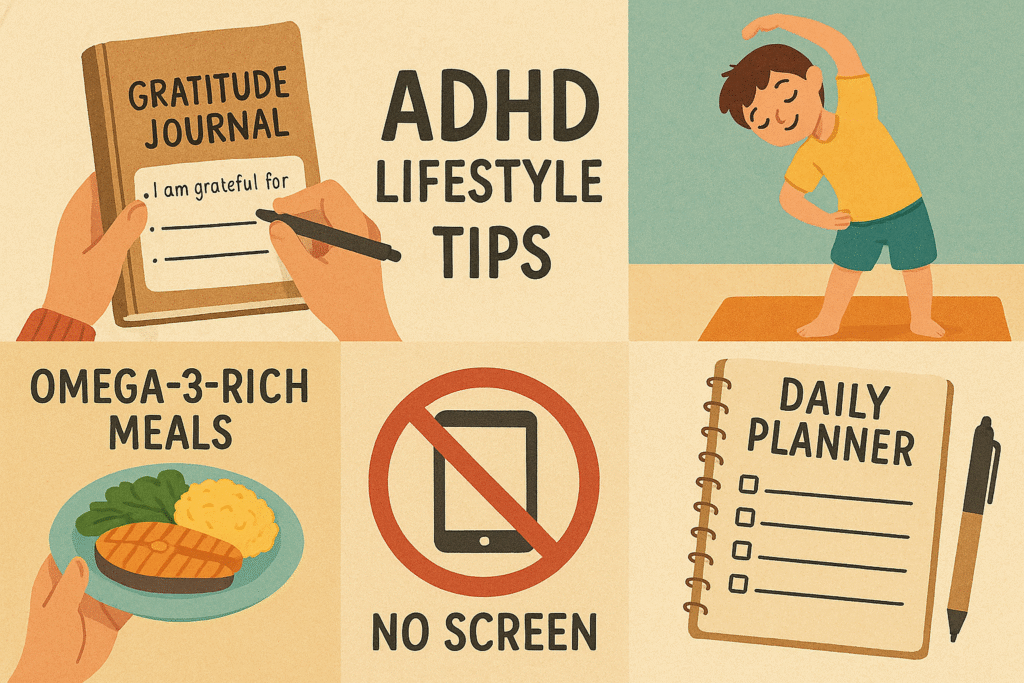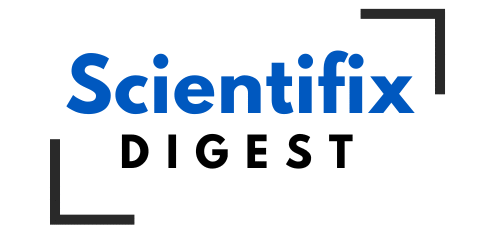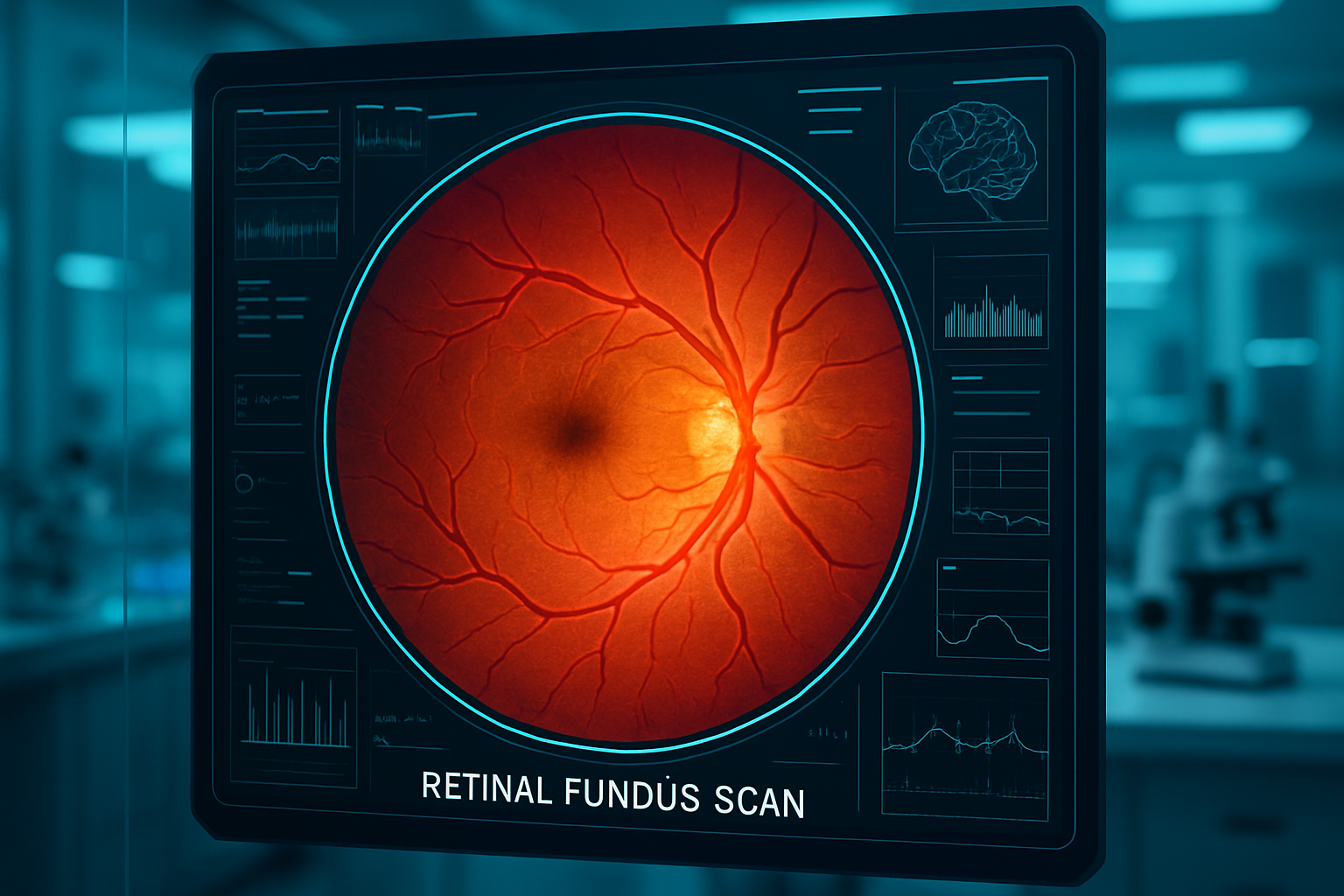ADHD is a disorder that occurs in an average of 5.41 percent of children and adolescents across the globe that has a challenge of attention deficit, impulsivity, and hyperactivity. Conventional diagnosis of ADHD derives on time-consuming procedures such as interviews conducted by clinicians, parent-administered questionnaires, and neuropsychiatric assessments that may not be specific enough because the symptoms overlap with other disorders such as ASD and anxiety. An innovative study published in npj Digital Medicine (2025) investigates the use of retinal fundus imaging as a non-invasive, scalable biomarker of ADHD screening and executive function (EF) stratification, which in the future will allow making a quick and precise diagnosis.
The study: Retinal fundus imaging to detect ADHD
This study was carried out in April to October 2022 in South Korea on 323 children and adolescents with ADHD and on normal-developing control group (TD) matched by age and sex. Researchers presented retinal features, which included the vessel density, vessel width, and optic disc characteristics obtained with the help of the AutoMorph pipeline. It includes four machine learning (ML) models: Random Forest (RF), XGBoost, Extra Trees (EXT) and Logistic Regression (LR) to screen the ADHD and the prediction of EF deficit, especially visual and auditory attention fields.
The findings were incredible:
Accuracy of ADHD Screening: ML models had an AUROC (Area Under the Receiver Operating Characteristic) score set that was 95.5-96.9%, which is high quality diagnosis.
Stratification of visual versus automatic attention: Visual attention subdomains performed well (AUROC >85 percent), whereas prediction of auditory attention showed less accurate performance.
Producing finding of Key Retinal features: Children with ADHD showed denser and thicker retinal vasculature, smaller optic discs, and smaller areas of neuroretinal rim than those of the TD group.

What is the use of Retinal Imaging? The Biomarker Science
The retina, which is an extension of central nervous system (CNS), is a window to the brain health. The article places an emphasis on the fact that retinal alterations associated with ADHD, which include denser vasculature and smaller-than-normal optic disc, could be connected to abnormal dopaminergic signaling- a toll in the pathogenesis of ADHD. These structural differences might be due to the fact that dopamine plays a role in the development of the retina, the development of synapses and vascular remodeling. Also, the presence of inflammatory factors, such as increased interleukin-6 (IL- 6) and decreased tumor necrosis factor-alpha (TNF- 6) levels may also predispose ADHD patients to retinal vascular elaboration.
MRI, EEG, or continuous performance tests (CPT) as traditional methods of screening ADHD are not non-invasive, not cost-effective, and not scalable in comparison with the retinal imaging method which makes it a potentially valuable instrument in the screening of ADHD in general population. Retinal photographs are more accessible, unlike other imaging modalities that are resource-intensive since little equipment and patient collaboration is necessary.
ADHD Treatment and Diagnosis Implications
The results of the current work may turn ADHD screening upside down by:
Enhanced Accessibility: Retinal imaging can be performed fast and due to non-invasive nature makes it become more feasible to use in the case of pediatric patients.
Increasing Accuracy: The high AUROC levels indicate that retinal imaging has a potential to be more accurate than the conventional single-informant tests, which are relatively insensitive and inspecific (both ~80%).
Rationale in favor of the Early Intervention: Earlier recognition of ADHD positively impacts social & academic functioning and family problems with fewer chances of the development of concomitant conditions such as depression or anxiety.
Stratifying Executive Function: Executive Function The power to stratify Refractory attention deficit could inform the personal treatment scheme, e.g., unique therapies, such as medication (e.g., methylphenidate).
Functional Lifestyle Advice to Deal with ADHD
Although newer diagnostics, such as retinal imaging, will excite, these same management tools, when done daily, will help manage ADHD. These are five evidence-based supplements to medical interventions:
Wake Up Daily Ritual
Wake up and drink hot lemon water or herbal tea to increase hydration and concentration. Put in ginger to soothe the system.
Short Movement Breaks
Incorporate 10-minute movement sessions, like stretching or a quick walk, to improve circulation and reduce hyperactivity. Outdoor activities enhance mood and attention.
Screen-free Time
Take one hour every day off the gadgets. Practice low-tech activities such as reading or writing in a journal to tighten attention and eliminate the desire to get overwhelmed.
Meal prep
Prepare food that encompasses brain boosters such as leafy green and berries, as well as omega-3-rich fish to ensure the support of cognitive energy. Make time and consistency by batch-preping.
Gratitude Journaling
Close off the day with a list of three things you are grateful of. The practice spreads bouts of positivity and enhances sleep quality, which is important in the management of ADHD.

Future of ADHD screening
The research highlights the prospect of retinal fundus imaging as a disruptor in ADHD diagnosis. It is non-invasive as well high in accuracy and scalability, thus can be used on a clinical and population level as a screening tool. Future studies can look at combining retinal imaging with other biomarkers, such as eye-tracking or EEG, to develop a multi-modal tool to measure the patient. There is also a need to conduct longitudinal studies to confirm such findings in populations and age groups.
At least, in the present day, this discovery provides a promise of earlier, more accurate diagnoses of ADHD so that life-transforming interventions can be made in a timely manner.
References
Choi, H., et al. (2025). npj Digital Medicine. DOI: 10.1038/s41746-025-01547-9

